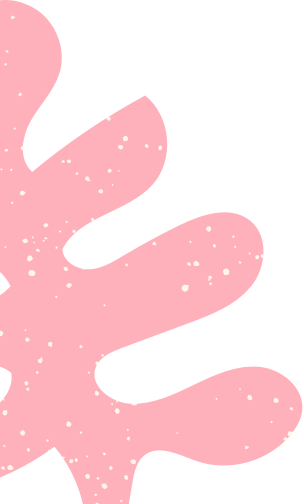McCord’s Box Turtle
McCord’s Box Turtle
Cuora mccordi
A species native to China, the McCord’s box turtle is one of the most endangered Chinese endemic turtles. The species is classified as Critically Endangered by the International Union for Conservation of Nature (IUCN). This species is highly sought after in the Chinese pet/traditional medicine trades. A single turtle can go for thousands of dollars, making them a target for poachers. New legislation in China protects these animals, and they are also protected by CITES appendix II. New efforts to breed this species in zoos have been fairly successful so far; there is a population of around 350 in zoos and other breeding facilities. Captive breeding efforts are important as it takes strain off of wild populations, and a decrease of this species in the food and pet markets because of this has been observed.
McCord’s box turtles will mate in March. During courtship, the male will extend its neck alongside the female’s head. Approximately 60 days after mating, eggs are laid (typically between the months of April and May). Females lay 1-7 eggs per clutch, and McCord’s box turtles can have more than one clutch per year. The eggs will be buried in forest clearings by several females in close proximity. Fertile eggs show a white blotch that will grow over the eggs of the course of incubation, until it forms a ring around the egg which then becomes entirely white. Incubation ranges between 70-90 days
What are they like?

Physical Description: The average size of a McCord's box turtle is 18 cm. Males typically weigh between 350-450 grams, and females typically weigh between 441-960 grams. These turtles have a domed carapace (top shell) that is hinged and can shut completely. They're known for the colorful stripes that run down their face and neck. The head is yellow with a greenish crown, and their postorbital (the back of the orbit/eye socket) has an orange black-bordered stripe. The plastron is typically yellow with a large medial black pattern.

Life Span: Their lifespan in the wild and at zoos is currently unknown.

Diet: In the wild, McCord's box turtles eat live fish, earthworms, snails, crayfish, shrimp, fruits, and vegetables. At the Zoo, they eat mixed vegetables, fungus, and browse.

Social Structure: Not much is known about their social structure in the wild.

Habitat: McCord's box turtles can be found in Bamboo patches in broadleaf forests and accompanying shallow wetlands and small streams. They are thought to be a mostly aquatic species but feed, mate, and spend time on land.
Where do they live?
The McCord's box turtle is endemic to China and has been located in the wild in the Guangxi province. It is thought that there are populations in the wild to be discovered in the Yunnan province as well.
Did you know?
- This species was first described in 1988 when a specimen was observed from the pet trade, but was not found by scientists in the wild until 2007.
- These turtles are omnivores but can lean heavily towards being carnivores. They do most of their foraging in the water but will eat food on land.
- McCord's box turtles can defend themselves from predators by completely closing their shells and by biting.
